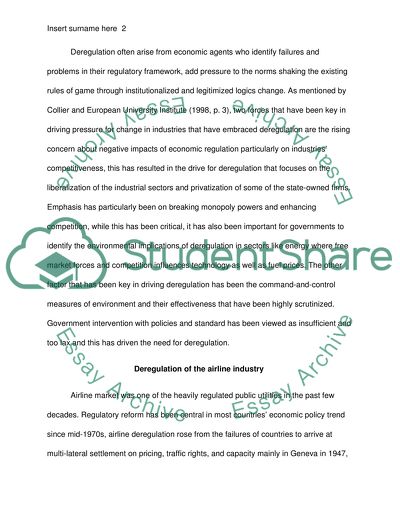Cite this document
(“Deregulation Research Paper Example | Topics and Well Written Essays - 2000 words”, n.d.)
Retrieved de https://studentshare.org/macro-microeconomics/1438884-micro-econnomics-research-paper
Retrieved de https://studentshare.org/macro-microeconomics/1438884-micro-econnomics-research-paper
(Deregulation Research Paper Example | Topics and Well Written Essays - 2000 Words)
https://studentshare.org/macro-microeconomics/1438884-micro-econnomics-research-paper.
https://studentshare.org/macro-microeconomics/1438884-micro-econnomics-research-paper.
“Deregulation Research Paper Example | Topics and Well Written Essays - 2000 Words”, n.d. https://studentshare.org/macro-microeconomics/1438884-micro-econnomics-research-paper.


